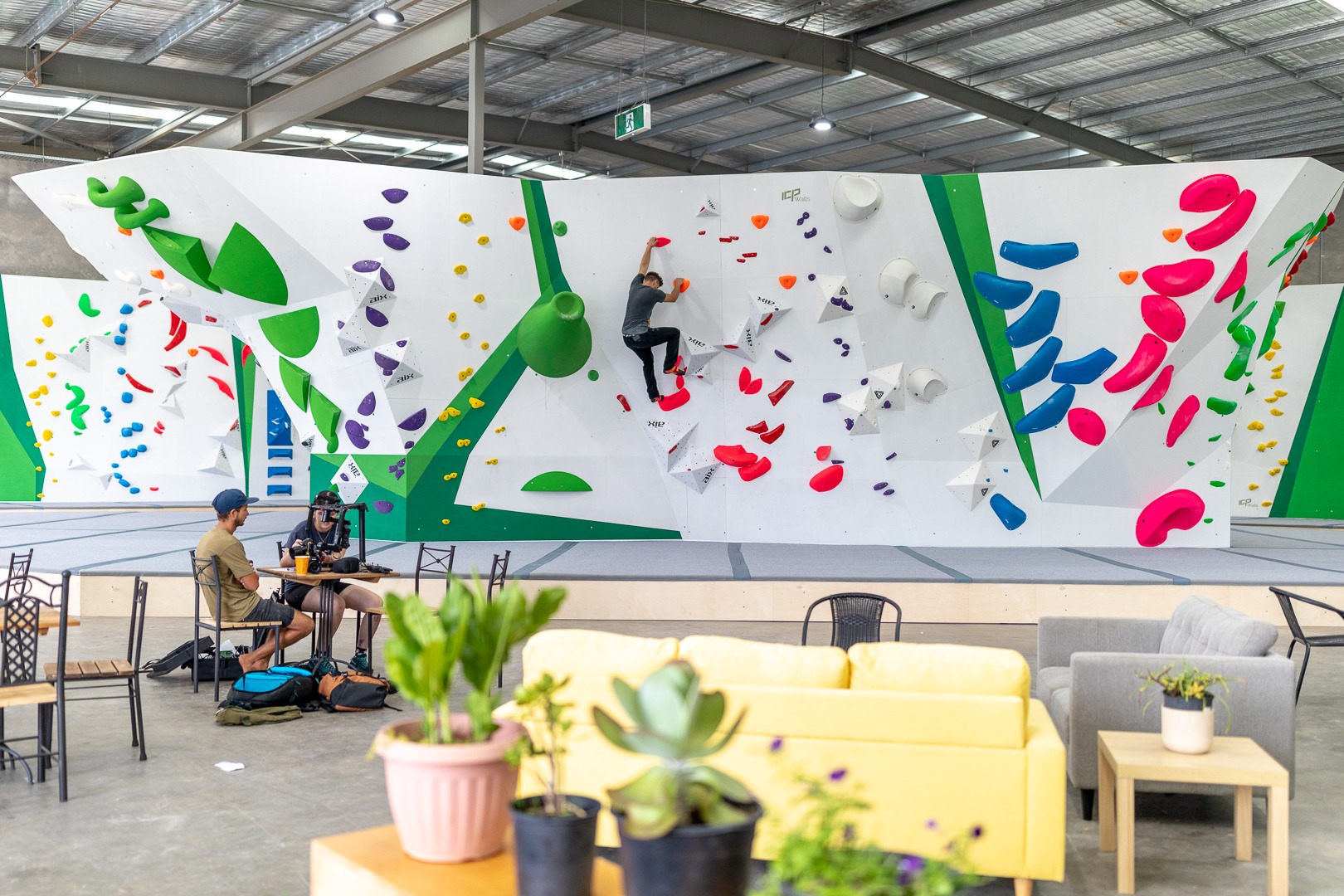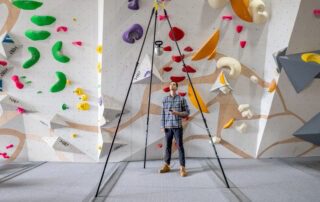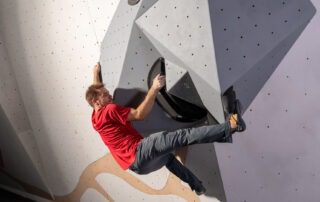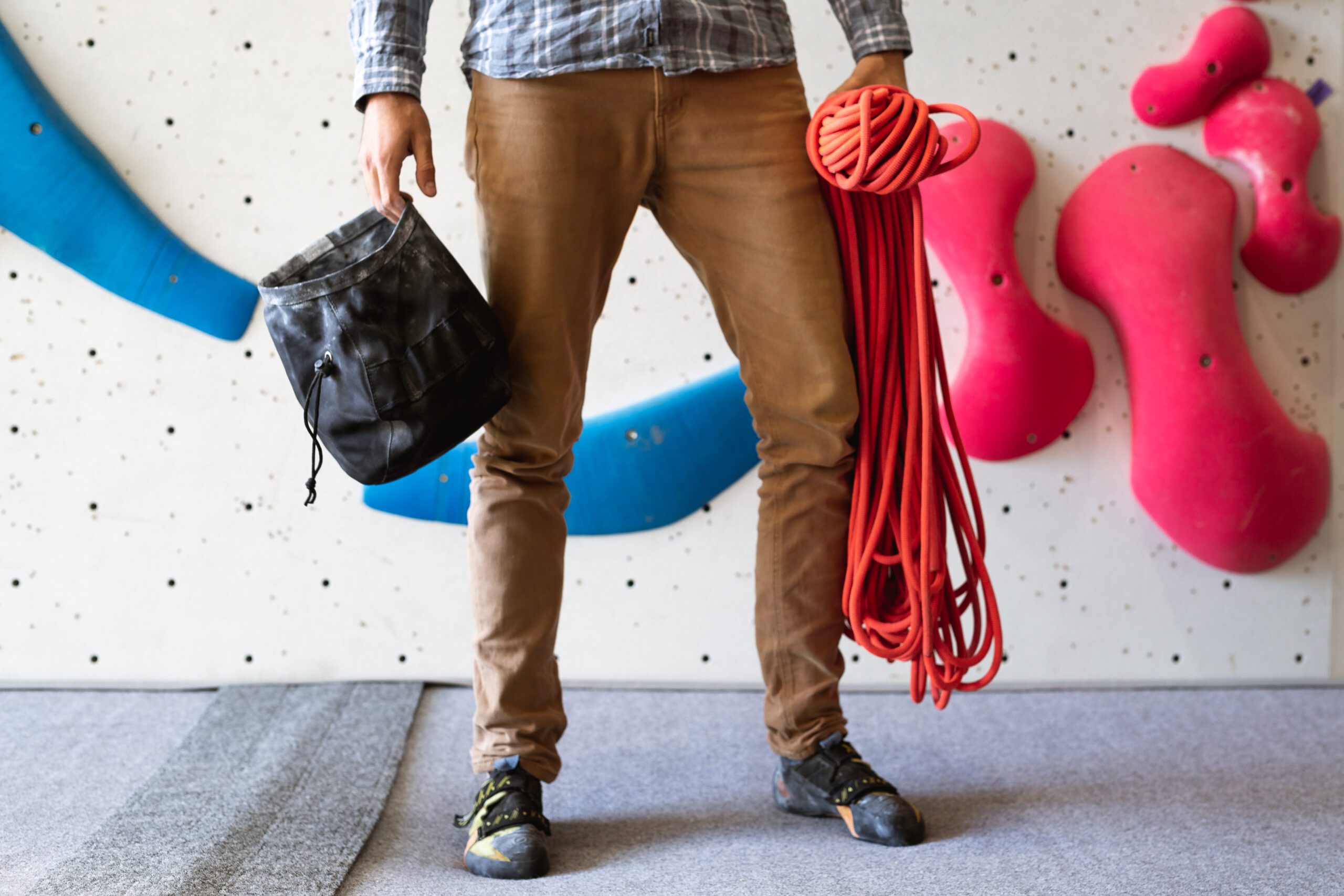One of the most prominent fitness trends of recent times is indoor climbing, and it’s taking the lead in the fitness world. Nowadays, cities boast not just one dedicated climbing gym, but several. Fitness centers and community venues are also getting in on the action, installing bouldering walls that may be small in size but offer substantial exercise potential. The beauty of indoor climbing is its inclusivity, welcoming participants of all ages and skill levels. You don’t need Herculean upper body strength to start climbing; muscle and stamina develop as you persist.
Is indoor climbing superior to traditional gym workouts?
Often, gym machines tend to isolate specific muscles, inadvertently neglecting smaller, interconnected muscles and tendons. Indoor climbing, however, engages your entire body, offering a holistic workout that pushes your upper body, core, and legs to their limits. After your first climbing session, you’ll realize you’ve worked muscles you didn’t even know existed. Climbing provides an excellent cardio workout alongside muscle-building benefits. With added problem-solving, improved balance, coordination, and social interaction, climbing enriches both body and mind far more than a routine visit to the gym.
How frequently should you climb?
As with any intense physical activity, daily climbing can lead to burnout. Even professional indoor climbers recognize the need for rest, typically taking a day or two off each week. Climbing once a week will yield gradual improvement, while three times a week can fast-track your progress, rapidly enhancing grip strength and promoting weight loss. It’s no coincidence that dedicated climbers tend to have lean physiques.
Is climbing hard on the fingers?
First-time climbers often experience finger joint discomfort and worry about potential damage. This sensation is entirely normal and simply reflects the unfamiliar use of these joints. Rest assured, no harm is being done.
Fingers lack muscles; they consist of tendons and pulleys. Muscles in the forearms narrow into tendons in the fingers, attaching to the bone via pulleys, which keep the tendons moving smoothly alongside the bone. Dynamic movements, crimps, and finger holds are the most common culprits for potentially straining these pulleys, a concern not only for beginners but also experienced climbers. Staying within your limits is key to avoiding issues.
Injury prevention and climbing
Like any strenuous activity, climbing requires a proper warm-up and stretching to prevent injuries. Advanced climbers aiming for tougher and longer climbs need frequent and proper training to enhance performance and reduce the risk of injuries.
To stay injury-free, seasoned climbers recommend listening to your body. Take breaks and pay attention to whether it’s discomfort or genuine injury. It’s advisable to take two days off if you experience pain or soreness to gauge your body’s response. Avoid using painkillers, as they can mask underlying injuries that may worsen with continued strain. Additionally, diversify your grips to reduce injury risk and optimize climbing efficiency.
Don’t overlook the mental benefits of climbing
While climbing provides a full-body workout, it also challenges your mental prowess as you strategize your way to the top. Sometimes, the quickest route requires trial and error (or friendly observations from peers). Bouldering encourages pushing your boundaries and exceeding your own expectations. Embracing falls is part of the process as you venture beyond your perceived limits.
Long-term climbers often exhibit reduced fear of failure, and it’s well-documented that climbing can alleviate depression by training your mind and body to collaborate effectively. Indoor climbing is most enjoyable when shared with friends, facilitating problem-solving, friendly competition, and mutual encouragement. The social aspect of indoor climbing fosters strong friendships, offering a valuable antidote to stress and boredom during a time when mental health challenges are on the rise in society.








